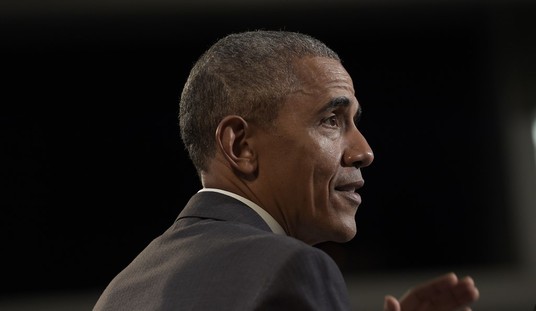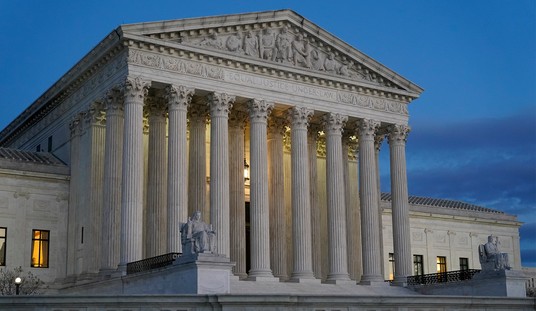Will Collier found an amazing essay from photographer Stefan Koppelkamm. He toured East Germany just after the Wall was knocked down (it did not “fall”) — and then went back this century to shoot the same locations. The before-and-afters will shock you.


Do yourself a favor and click the link to see them all.
I’d like to add a few words to compliment Koppelkamm’s photos.
I toured West Germany for a month on a school trip with a dozen other 15-year-old boys during the summer of 1984. We stayed five days in West Berlin, which we arrived at by taking the train through the Communist East. At the inter-German border, DDR soldiers with machine guns boarded the train and inspected everyone’s papers quite thoroughly. They ran wheeled mirrors under each car, searching for stowaways and contraband. When we arrived at the Wall, the soldiers disembarked and repeated the mirror procedure. Only then were we allowed into West Berlin. The lights and simple cleanliness of the city were a welcome relief from just a few hours of the dirty and drab East German countryside.
We took a day trip into East Berlin. On a Wednesday, if I remember correctly, so we could see the weekly army parade. One of the most frightening moments of my life to date was the East German checkpoint. You slid your passport through a slot in an otherwise featureless concrete wall. There you stood, on hostile territory, with no passport in your hand and no idea what they might be doing to it behind that wall. There were very serious soldiers everywhere, including in the machine gun towers.
Remember, please, that this was the capital city of a European country and not a top-secret military facility. Although in any communist country, you’d be hard-pressed to tell the difference.
The streets were mostly empty of cars. Now and then a miserable little Trabant would shudder past, sounding like an unmuffled lawnmower in need of a tuneup, and smelling like burning rubber and oil. The buildings were riddled with bullet holes — not from recent crimes, but from the war, which had ended almost 40 years prior. There were piles of rubble everywhere, just as old. Nobody smiled, not even during the parade. And don’t ask about the clothes they wore. The soldiers looked as snappy as soldiers everywhere do, but the civilians looked like they’d been handed rejects from Goodwill.
We’d been required to exchange 25 perfectly good West German marks for 25 perfectly worthless East German marks, even though the official exchange rate should have gotten us three for one. The unofficial exchange rate was closer to 80-to-1. We had also been told that we would not be permitted to bring any East German marks back out with us. The dollar was trading for about 2.70 Deutschmarks during the trip, so we’d traded about 10 dollars worth of U.S. currency to get about three dollars worth of Commie Dollars — at the official rate. Unofficially, we each had about 12 cents in our pockets.
Nobody figured there would be any problem spending 12 cents over the course of a day.
We were wrong.
Try as we might, we could not spend 25 East German marks — 12 cents! — in a day. Food was cheap, but revolting. They couldn’t even get soft-serve ice cream right. It drooped out of the machine in a shade of pink which was probably meant to look cheerful, but instead made you think of off-brand attic insulation.
And there really wasn’t anything else to buy, other than a few stamped-tin souvenir trinkets. Everybody came back to the checkpoint still carrying tiny, worthless bills, and coins which weren’t much more substantial in your hand than the trinkets. The man at the desk relented and let us bring home his country’s worthless Monopoly money as our only souvenirs of the trip.
Later, Doc Kalmar — our German teacher and tour guide — told us all something very simple and very profound. “That was the wealthiest city in the wealthiest communist country in the world.”
East Berlin was the height of Communist achievement. That was their shining city on a hill — a place where a bunch of rowdy teenage boys found it impossible to spend a dime each. And every other communist city in the world was even worse off. Typically, much worse.
Now go look through Koppelkamm’s entire photo essay with that in mind. Remember, too, just how quickly capitalism was able to repair decades of communist mismanagement. These photos weren’t taken decades apart. Some of them show the difference less than ten years could make. Just ten years to lift 17 million people out of 40 years of grinding poverty.
One last thing. We’re hurting. We’ve been hurting. But if 17 million Germans could recover from almost half a century of Soviet oppression, think of how quickly we can recover from four years of Democrats.
UPDATE: Will adds in an email, “How fundamentally f***** up does a system have to be to produce impoverished… Germans?”
Exactly.










Join the conversation as a VIP Member